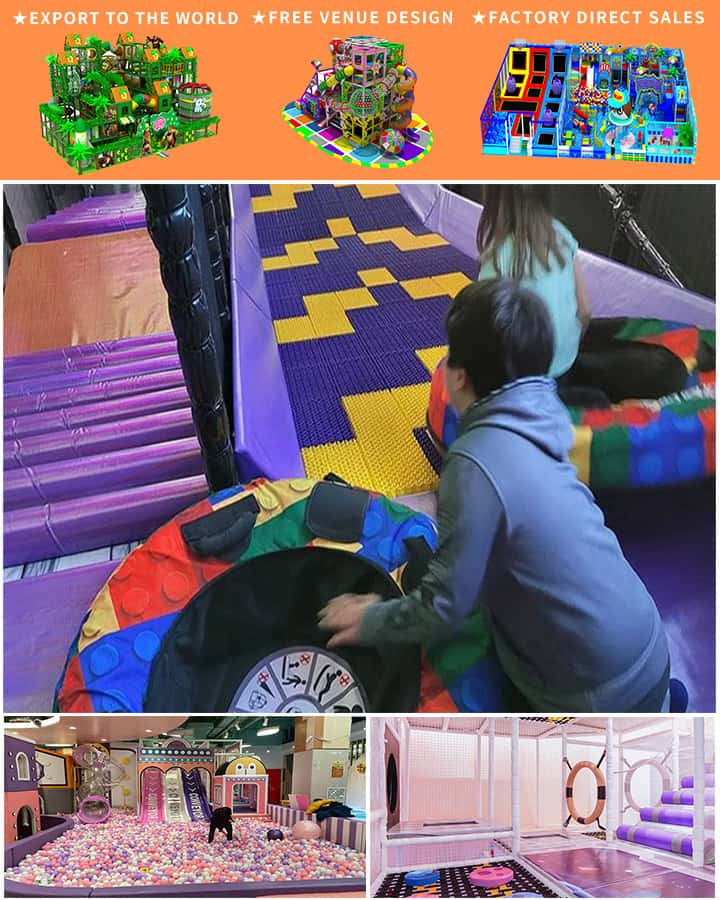Creating an indoor play area for kids can be a fun and rewarding project for parents and caregivers alike. A well-designed play space not only keeps children entertained but also supports their physical, emotional, and cognitive development. Whether you have a small apartment or a spacious home, here are some essential tips to help you create an engaging and safe indoor play area for your little ones.
Selecting the Right Space
The first step in designing an indoor play area is choosing the right location within your home. Look for a spot that is easily accessible yet can be set aside when needed for other activities. Living rooms, basements, or even spare bedrooms can make great choices depending on the available space and layout of your home.
Safety First
Safety should always be a top priority when setting up a play area. Ensure the space is free from potential hazards like sharp edges, electrical outlets, and small objects that could pose choking risks. Install safety gates or baby-proofing devices as necessary. Use non-toxic, child-friendly materials for furniture and toys to minimize health risks.
Age-Appropriate Toys and Equipment

When selecting toys and equipment, consider the age range and developmental stage of your children. Toddlers might enjoy soft play mats, shape sorters, and activity cubes, while older children may benefit from building blocks, art supplies, and pretend play sets. Incorporate a mix of educational and recreational items to keep the play area both fun and enriching.
Comfortable Seating and Storage
Incorporating comfortable seating options like bean bags, cushions, or small chairs can make the play area more inviting for both kids and adults. Additionally, having adequate storage solutions such as bins, shelves, and toy chests helps keep the space organized and clutter-free. Labeling storage containers can also encourage children to clean up after themselves.
Stimulating Environment
An indoor play area should be visually stimulating and conducive to creativity. Consider using bright colors, wall decals with fun themes, and interactive elements like chalkboard walls or magnetic boards. Natural light is ideal, but if that’s not possible, ensure the area is well-lit with gentle, child-safe lighting.
Flexible Furniture
Choose furniture that is versatile and durable. Foldable tables, stackable chairs, and modular storage units can be rearranged to adapt to different activities and grow with your child’s changing needs. Multi-functional pieces, such as a table that doubles as a craft station or reading nook, maximize the utility of the space.
Educational Opportunities
Integrate learning opportunities into the play area to foster curiosity and knowledge. Simple additions like alphabet puzzles, counting games, and science kits can turn playtime into an educational experience. Interactive books and digital learning tools can also be included for tech-savvy kids.
Personal Touch
Finally, involve your child in the design process to make the play area truly their own. Let them choose their favorite colors, themes, and even some of the toys or decor items. This personal investment will make them more excited about spending time in their special space.
Conclusion
Creating an indoor play area for kids is all about blending safety, functionality, and fun. By carefully selecting the right space, incorporating age-appropriate toys and comfortable seating, and adding personal touches, you can design a play area that will delight your children and support their growth and development. With a little imagination and planning, your home can become a haven for endless adventures and cherished memories.




